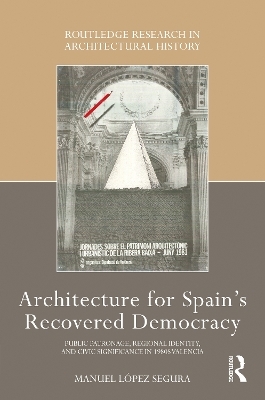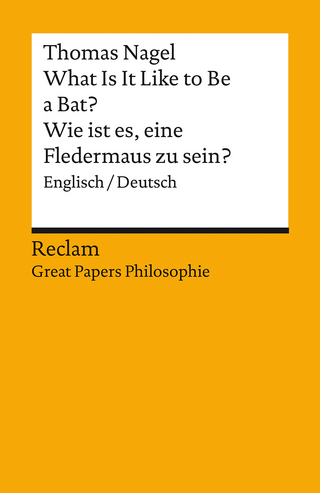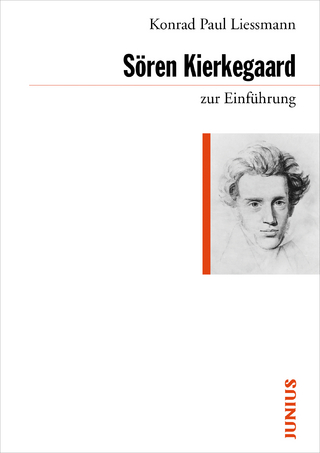
Architecture for Spain's Recovered Democracy
Routledge (Verlag)
978-1-032-34746-2 (ISBN)
Historical studies on the involvement of architecture in twentieth-century politics have overlooked its contribution to building Spain’s democracy. This pioneering book seeks to fill that void. Between the late 1970s and early 1990s, Spain founded representative institutions, launched its welfare state, and devolved autonomy to its regions. The study brings forth the architectural incarnation of that threefold program as it deployed in the Valencian Country, a Catalan-speaking region on Spain’s Mediterranean shores. There, social democratic authorities mobilized architects, planners, and graphic artists to devise a newly open public sphere and to recover a local identity that Franco’s dictatorship had repressed for decades. The research follows the impetus of reform and its contradictions through urban projects, designs for cultural amenities, and the renovation of governmental and professional bodies. Architecture for Spain’s Recovered Democracy contributes to current debates on nationalism and the arts, the environments of democratic socialism, and postmodernism and neoliberalism. As a result, it widens our understanding of how peripheral regions may yield egalitarian architectures of resistance.
This book is written for students and researchers in architecture and planning, art history, spatial politics, and Hispanic studies, as well as for a general readership interested in inclusive politics in the built environment.
Manuel López Segura is an architectural historian educated in Britain and the US, and currently resides and works in Paris. He holds a PhD degree from Harvard University. He trained as an architect at the Universitat Politècnica de València and earned a Master’s in architectural history from the University College London. He has been a Fulbright scholar. His research seeks to provide the architecture of democracy with ever-wider historiographical foundations. It expands conceptually, geographically, and chronologically the study of the built environments that consolidated the post-1945 sociopolitical settlement in Western Europe. Alongside his pioneering inquiry into welfare-state architecture and civic spaces in 1980s Spain, his scholarship inaugurates the field of architectural irenics by exploring how edifices and urban plans arbitrated the peaceful resolution of conflict during Italy’s First Republic.
List of Illustrations. Acknowledgements. Introduction. CHAPTER 1. Institutional Bases of a Democratic Architecture. CHAPTER 2. Urban Design and Regime Change: Túria River Park (1979–1991). CHAPTER 3. Between Cosmopolitanism and Localism: The Valencian Institute of Modern Art (1984–1989). CHAPTER 4. Recovering Heritage for the Welfare Age: The Roman Theatre at Sagunt (1984–1993). CONCLUSION. An Architecture for the Region. Bibliography and Archival Sources. Index.
| Erscheinungsdatum | 20.03.2023 |
|---|---|
| Reihe/Serie | Routledge Research in Architectural History |
| Zusatzinfo | 80 Halftones, black and white; 80 Illustrations, black and white |
| Verlagsort | London |
| Sprache | englisch |
| Maße | 156 x 234 mm |
| Gewicht | 640 g |
| Themenwelt | Geisteswissenschaften ► Philosophie ► Philosophie der Neuzeit |
| Naturwissenschaften ► Biologie ► Ökologie / Naturschutz | |
| Sozialwissenschaften ► Soziologie ► Spezielle Soziologien | |
| Technik ► Architektur | |
| ISBN-10 | 1-032-34746-5 / 1032347465 |
| ISBN-13 | 978-1-032-34746-2 / 9781032347462 |
| Zustand | Neuware |
| Informationen gemäß Produktsicherheitsverordnung (GPSR) | |
| Haben Sie eine Frage zum Produkt? |
aus dem Bereich


